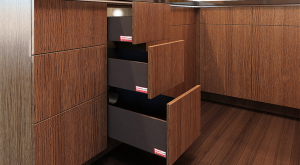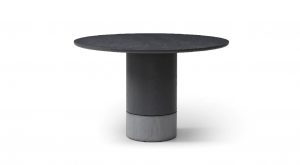Featured Post
Recliner Woes? DIY Fixes to Bring Back the Comfort
Recliners are a beloved piece of furniture in many homes, offering a cozy spot to relax after a long day. However, like any well-used item, they can develop issues over time. From annoying squeaks to stuck mechanisms, these problems can disrupt your comfort. But don't worry—most recliner troubles can be fixed with a little DIY know-how. In this article, we'll guide you through common recliner issues and provide step-by-step solutions to get your chair back in working order. Plus, we'll share maintenance tips to help prevent future problems, ensuring your recliner stays in top shape for years to come.
Disclaimer: While the information provided is based on research and experience, always exercise caution when performing DIY repairs. If you're unsure or uncomfortable with any step, consider seeking professional help.
Common Recliner Problems and Solutions
Squeaking and Noises
One of the most common recliner issues is squeaking. This can be caused by loose screws, worn-out parts, or lack of lubrication. Here's how to fix it:
- Identify the source of the squeak. Listen carefully while operating the recliner to pinpoint where the noise is coming from.
- Tighten any loose screws or bolts. Use a screwdriver or wrench to secure any loose fasteners.
- Lubricate moving parts. Apply a silicone-based lubricant to the mechanism's joints and springs. Avoid oil-based lubricants, as they can attract dust and dirt.
- Check for worn-out components. If the squeak persists, inspect the mechanism for any parts that may need replacement.
Tip: Use a flashlight to inspect hard-to-reach areas for signs of wear or damage.
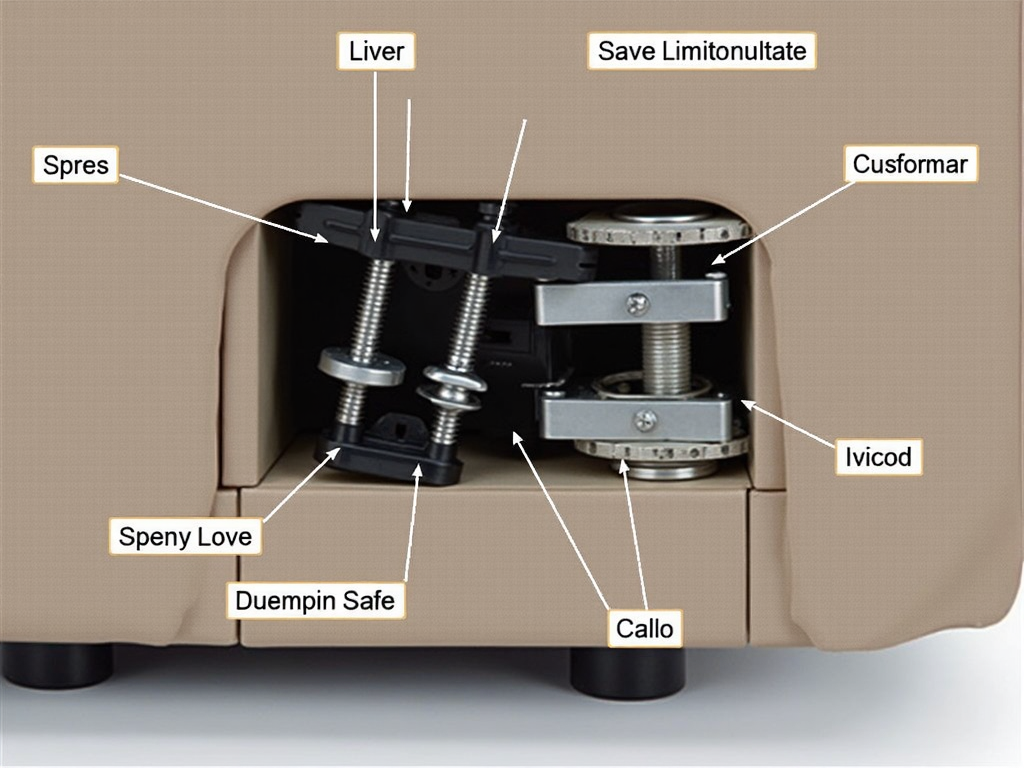
Broken or Stuck Mechanisms
If your recliner won't recline or gets stuck in a certain position, the mechanism might be the culprit. Here's what to do:
- Inspect the mechanism. Look for any broken or bent parts that may be causing the issue.
- Lubricate the mechanism. Sometimes, a stuck mechanism just needs a little lubrication to get moving again.
- Replace broken parts. If you find any damaged components, you may need to replace them. Check the manufacturer's website or a local furniture repair shop for replacement parts.
Warning: Be careful when working with the mechanism, as it can be under tension. If you're not comfortable with this repair, consider seeking professional help.
Worn-Out Upholstery
Over time, the upholstery on your recliner can become worn or torn. Here's how to address this:
- Patch small tears. For minor tears, use a fabric patch or upholstery repair kit to cover the damage.
- Reupholster the recliner. For more extensive damage, you might consider reupholstering the chair. This can be a more involved project, but it's doable with some patience and the right materials.
Tip: Choose a durable fabric that matches your recliner's style and color for the best results.
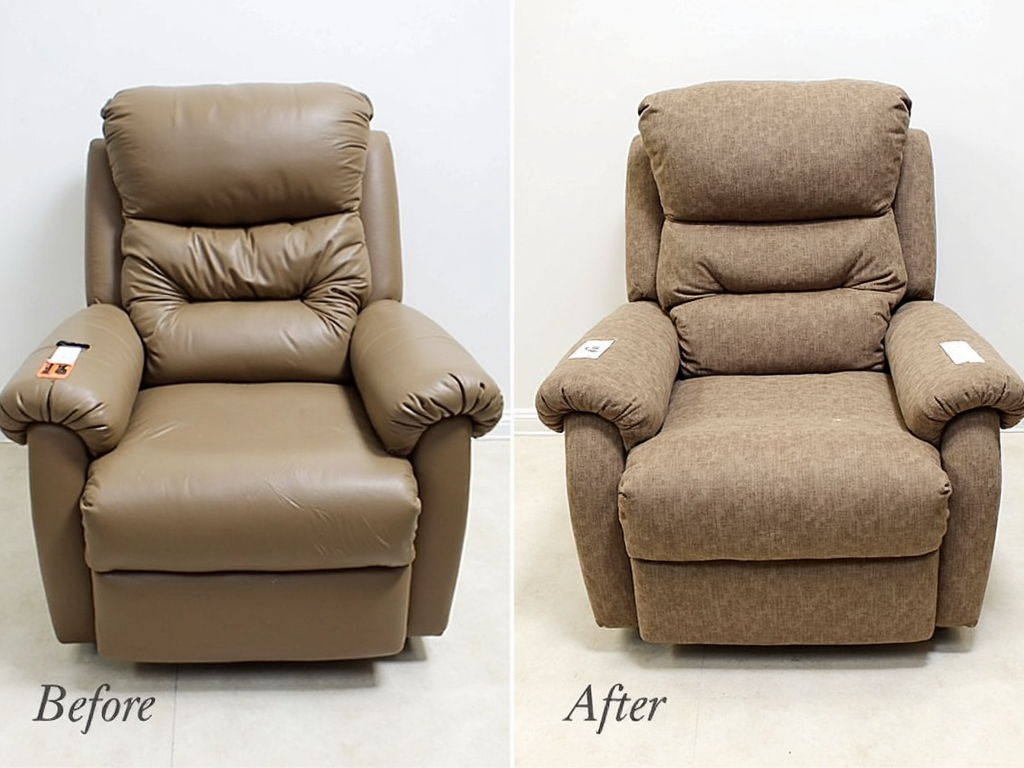
Footrest Issues
If the footrest won't stay up or is difficult to operate, try these fixes:
- Check the tension springs. These springs control the footrest's movement. If they're loose or broken, they may need adjustment or replacement.
- Lubricate the footrest mechanism. Apply lubricant to the joints and moving parts to ensure smooth operation.
- Inspect for obstructions. Sometimes, objects can get caught in the mechanism, preventing the footrest from working properly. Remove any debris you find.
Electrical Problems (for Power Recliners)
If your power recliner isn't working, the issue might be electrical. Here's how to troubleshoot:
- Check the power source. Ensure the recliner is plugged in and the outlet is functioning.
- Inspect the power cord. Look for any damage or fraying that might be causing a short circuit.
- Test the remote control. Replace the batteries or check for any loose connections.
Warning: Unplug the recliner before attempting any electrical repairs. If you're not comfortable working with electricity, seek professional help.
Maintenance and Cleaning Tips
Regular maintenance can help prevent many common recliner issues. Here are some tips to keep your recliner in top condition:
-
Regular Cleaning: Dust and vacuum your recliner regularly to prevent dirt buildup. For fabric upholstery, use a mild detergent and water for spot cleaning. For leather, use a leather cleaner and conditioner.
-
Lubrication: Periodically lubricate the moving parts of the mechanism with a silicone-based lubricant to keep everything running smoothly.
-
Inspect for Wear and Tear: Check your recliner regularly for signs of wear, such as loose screws, frayed upholstery, or damaged mechanisms. Addressing small issues early can prevent bigger problems later.
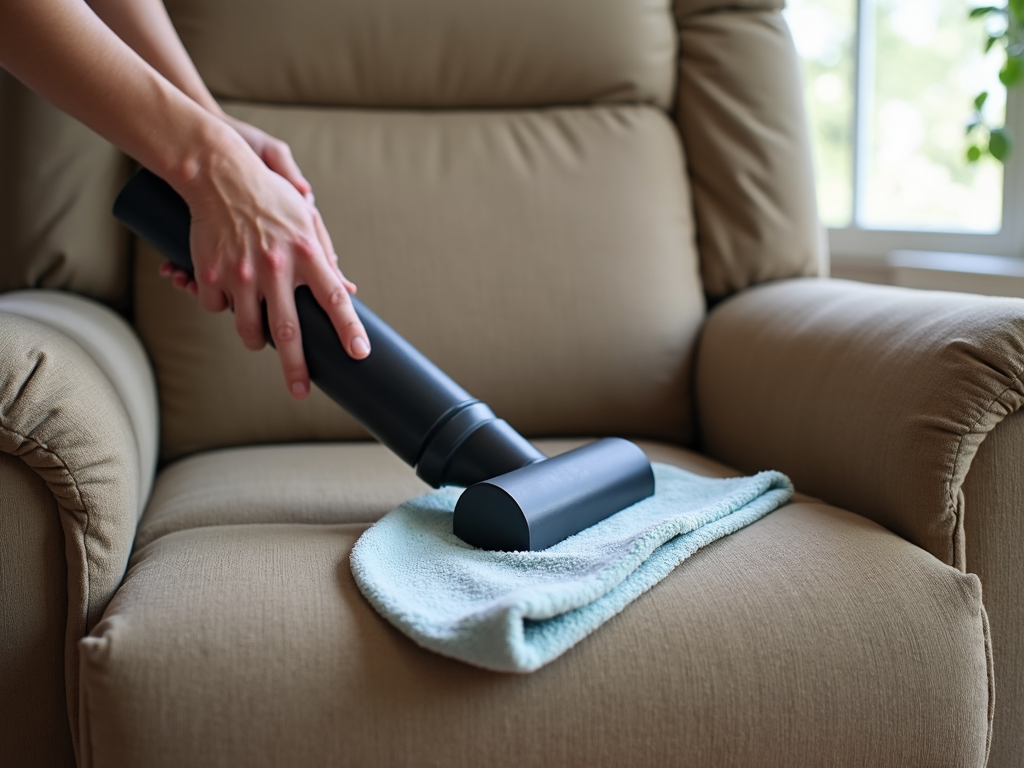
Writing Clear DIY Instructions
If you're sharing your DIY recliner repair experiences, clear and concise instructions are key. Tools like AI Text Remover can help simplify complex language, making your guides more accessible and easier to follow.

Conclusion
By following these DIY fixes and maintenance tips, you can extend the life of your recliner and enjoy its comfort for years to come. Remember, regular care is key to preventing major issues. So, grab your tools and get started today! If you have any questions or want to share your own experiences, feel free to leave a comment below.







